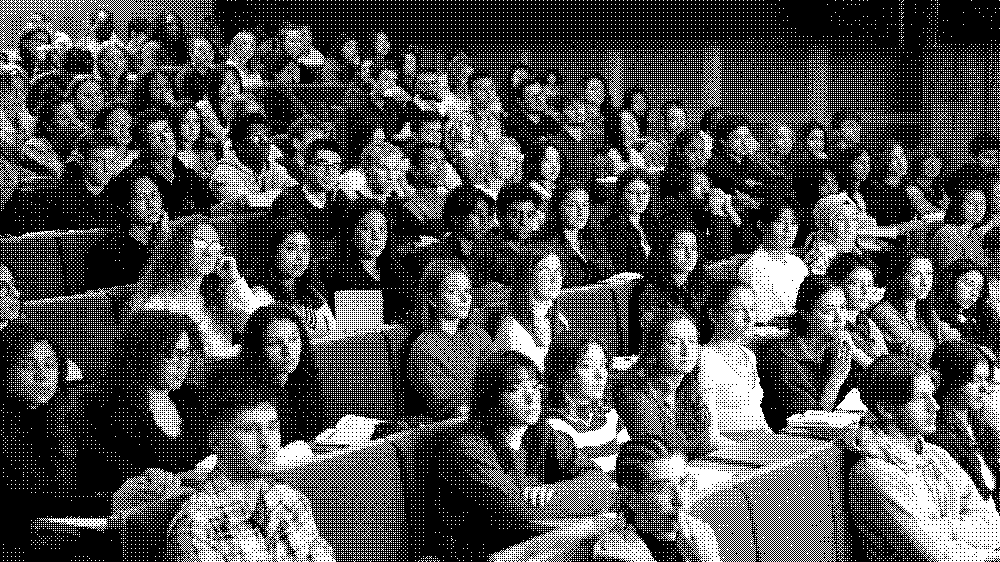
History of architecture
Learning objectives
Nineteenth-century architecture: the city of public facilities
The course looks at the history of architecture and the city over the long 19th century (from the 1770s to the 1910s) from the angle of the epistemological and technical upheavals associated with the Enlightenment and the so-called “Industrial Revolution”, with their consequences and developments continuing throughout the 19th century right up to the Great War. It therefore aims to cover all territories whose built environment is affected by – or expresses – these phenomena: Europe and its national empires, the United States. Above all, it aims to give an idea of the extraordinary dynamism, richness and diversity of architectural and urban production during this period, transformed by the emergence of new ways of knowing both the past (archaeology, historicism…) and the physical and natural world.
INTENDED COMPETENCIES
-Continued acquisition of fundamental knowledge and vocabulary specific to 19th-century architecture and the social contexts of the period.
-Development of critical thinking skills. Ability to provide an argument in written expression, to conduct a critical reading of a text and place it in context, to describe architecture and the city through text and drawing, using appropriate vocabulary.
-Ability to interrogate the project design and execution process using historical examples.
Content
La problématique générale de la recherche et du développement de nouveaux langages de l’architecture vis-à-vis des importantes mutations du cadre social et économique et des évolutions sensibles des savoirs techniques, est au cœur de la lecture historique proposée. Au-delà du fil chronologique qui mène du dernier quart du XVIIIe au seuil du XXe siècle et qui demeure à l’horizon des sujets traités, des thématiques seront mises en valeur, tantôt transversales – tout au long du XIXe siècle – tantôt liées à une conjoncture significative. Le propos est d’échapper aux définitions toutes prêtes de l’éclectisme stylistique et de saisir la complexité du rapport à l’histoire cultivé par les architectes du XIXe siècl
Evaluation method
Table-top exam at the end of the semester.
Catch-up exams in a similar format.
Bibliography
The course outline and bibliography are posted online at the beginning of the semester on Taïga.
Groups
L413HACM01 History and theories of architecture and the city
L413HACM02 and the city
Manager